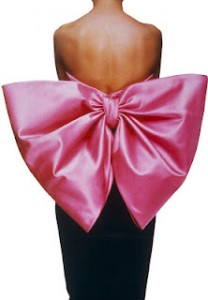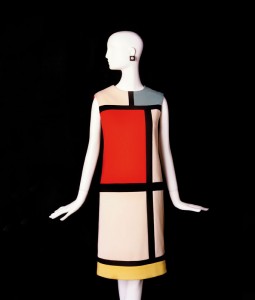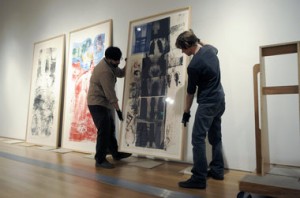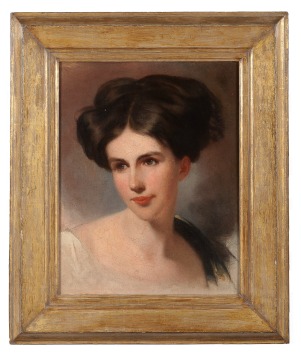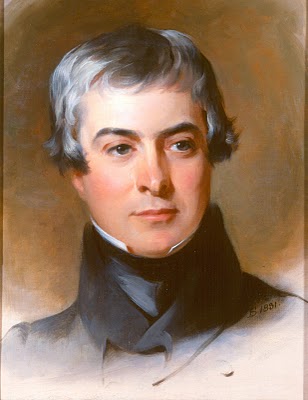Today’s New York Times includes the annual special section on museums. Since I am away, I haven’t seen it. But I have two articles in the section that you may be interested in.
The first is on museums that have special endowments for making acquisitions. I did a survey, while some museums, like the Metropolitan, have substantial funds, many have virtually none. I’ll have more to say on this topic another time, but meantime here’s a link to the article, “How an Acquisition Fund Burnishes Reputations.” There’s an omission in the chart that I was unable to catch before the section went to press — the Albright-Knox Art Gallery has an $86 million acquisitions fund, which would make it #9, ahead of the Art Institute of Chicago. (There’s a correction in the paper somewhere…) UPDATE: The Carnegie Museum of Art tells me its acquisitions endowment is $41 million, so it too would have made the list. (Please keep in mind that there’s no source for this info — I canvassed all the museums that seemed likely suspects and I asked outside sources to review the list for potential omissions. This is why I want the Association of Art Museum Directors to gather such information from members.)
I also wrote about the Terra Foundation, which is having more influence spreading the gospel of American art around the world than Terra’s original idea, of museums, ever would have. “Spreading American Art Beyond Its Borders” tells the story, and I also have outtakes from that reporting that I’ll share when I return to my home and notes.
Maastricht, btw, is living up to expectations. More on that soon, too.

